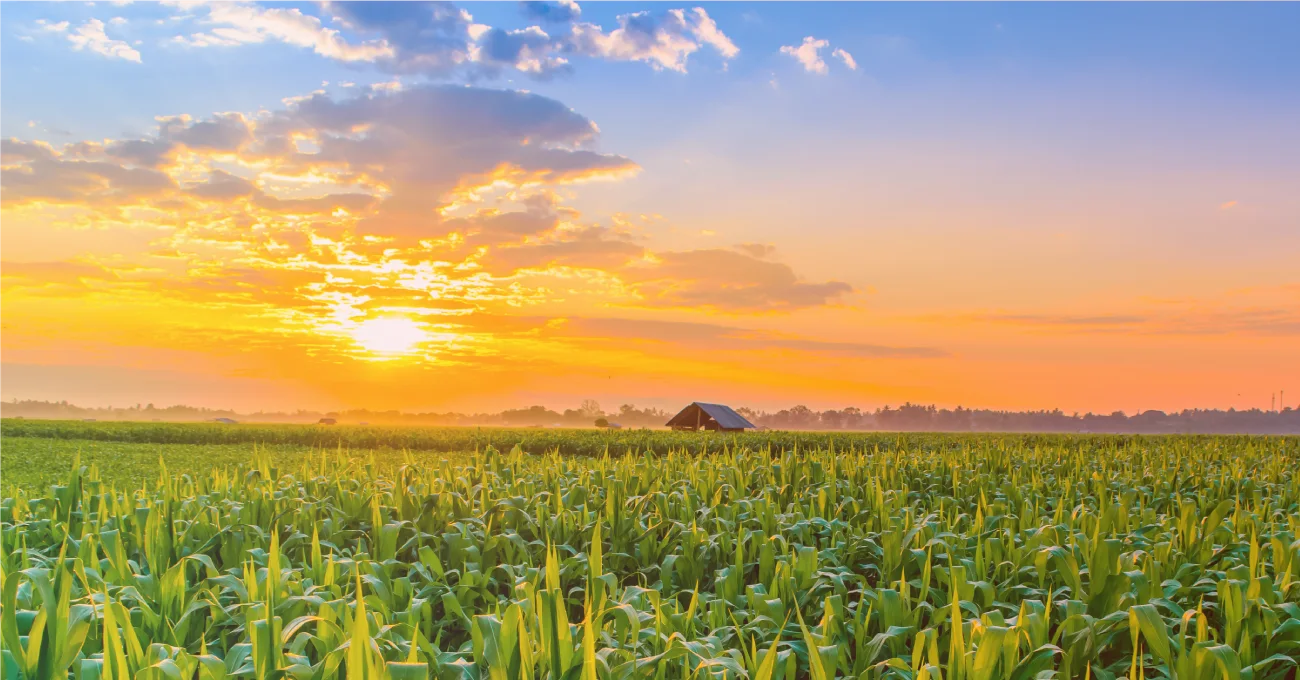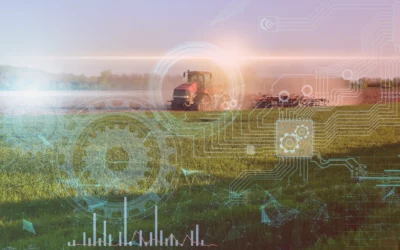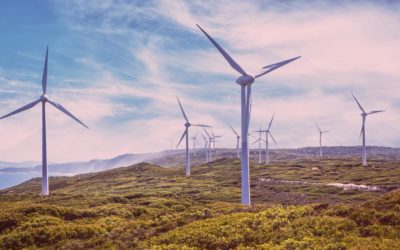Cloud Cover Forecast Maps Driven By Machine Learning
How devastating can an inaccurate cloud cover forecast be?
Plants have three basic growth requirements: sunlight, water, and carbon dioxide. Through photosynthesis, plants harness sunlight to turn carbon dioxide and water into food. Any aberration in these three crucial elements can make photosynthesis difficult.
Cloud cover is defined as “the fraction of the sky covered by all the visible clouds.” Excessive cloud cover can block the sun’s rays from reaching crops, thereby hampering photosynthesis. Too many clouds can also lead to very moist conditions resulting in root or plant rot.
The same is true for solar energy producers, who need to understand cloud cover to pick great spots to invest in solar farms; luckily, historical data can help. Predicting solar forecasts can also help with resource planning. Timing maintenance, cleanings, etc. on solar farms for non-productive days.
When clouds roll in and stay for extended periods, it can lead to massive financial losses for farmers and solar energy producers. A lack of productivity at local farm levels can escalate into food shortages in nearby communities. A lack of productivity at solar farms can lead to areas turning back to non-renewable energy sources to close gaps.
How are cloud cover forecast maps evolving from machine learning?
In the past, meteorologists collected data and stored them for reference for the next few months and years. They analyzed this data, studied weather patterns, and made predictions about the type of weather in an area in specific weeks or months.
Cloud cover forecast driven by machine learning does a similar thing, with exponentially more historical and real-time data thanks to IoT devices like connected solar sensors all around the farm. This real-time data from the sensors will be combined with satellite imagery and traditional forecast models.
So how will that amount of raw data be processed, interpreted, and analyzed? Machine learning is up to the task.
Machine learning is a branch of artificial intelligence (AI) that aims to process data on its own, recognize patterns, analyze new and historical data, interpret trends, and ultimately offer recommendations. It can do all this with minimal or even no human intervention.
Cloud cover prediction is notoriously difficult, mainly because of the sheer amount of data that must be examined, summarized, cross-checked, and analyzed to produce actionable interpretations for the end-user in almost real-time.
The great thing about machine learning is that it is designed to process large amounts of data all by itself and close to real-time. The more data the system collects and analyzes, the more it will learn and recalibrate its systems. This will be an absolute game-changer for cloud cover forecasting.
Machine learning has been used across many industries to interpret or make predictions based on large amounts of input data. It has been valuable in the agricultural sector due to its application as a weather prediction tool for agricultural firms.
How IoT plays into machine learning
The Internet of Things (IoT) are devices that share data over a network without the need for human-to-human or human-to-computer interaction. Smartwatches, smart home systems, and voice-activated devices are among the most popular IoT devices in 2021, and market penetration is expected to grow exponentially in the next decade.
IoT is being leveraged across nearly all industries, and the agricultural/energy sectors are no exception. IoT-based weather systems depend on high-quality sensors deployed to collect and measure rainfall, humidity, wind speed, and other important environmental data that contribute to accurate weather forecasts.
These IoT devices “talk” to each other and transmit data to a device that acts as the collection point, such as a mobile phone. The data is analyzed, and a detailed cloud cover and weather forecast can be generated. More data can be collected with more high-end sensors deployed across a piece of land.
Data collected by IoT devices can easily be stored in a database and used as references in the future. Historical data can be used for comparison and to develop a system of appropriate responses that is replicable and scalable.
Including other predictor variables such as atmospheric stability, pressure, humidity, and temperature at upper levels of the atmosphere can further improve predictive performance.
Conclusion
We are far from becoming complete masters of our environment. Still, the introduction of machine learning and IoT to generate highly accurate, granular weather forecasts can give us the advantage we need to maximize our agricultural efficiency.
With food and energy supply demands ever-increasing, higher yields can be made possible if the proper resources are disseminated to those who need them. Producers can leverage cutting-edge technology to grow acres of healthy crops and produce abundant renewable energy year in and year out.
Sign up for a trial today
Benchmark Labs, Inc. is a certified climate leader utilizing IoT for accurate cloud cover forecasts driven by machine learning. As innovators in asset-specific environment forecasting solutions, we are fully committed to delivering the latest technology to the agricultural, energy, and insurance sectors that will benefit them through highly accurate predictions.
Our forecasting system can provide relevant alerts on current and forecast conditions like frost events, heat spikes, pest and disease pressure, and hazardous spraying conditions. Farmers can optimize irrigation practices, track frost and heat spike risk, improve pest and disease management, and optimize labor scheduling, resulting in a better bottom line.
Our continued commitment to working with leading IoT hardware sensor manufacturers ensures many more innovations in the future.
——
Sign up for a trial today and learn more about what Benchmark Labs can do for you!
Recent Posts
6 Farm Information Management Systems Changing The Future of Farming
[dssb_sharing_button icon_bg="#636979" _builder_version="4.16" _module_preset="default" background_color="#324155"...
Weather Prediction Using Machine Learning Will Help Specialty Agriculture
[dssb_sharing_button icon_bg="#636979" _builder_version="4.16" _module_preset="default" background_color="#324155"...
Wind Energy Forecasting Techniques With IoT & Machine Learning
[dssb_sharing_button icon_bg="#636979" _builder_version="4.16" _module_preset="default" background_color="#324155"...




